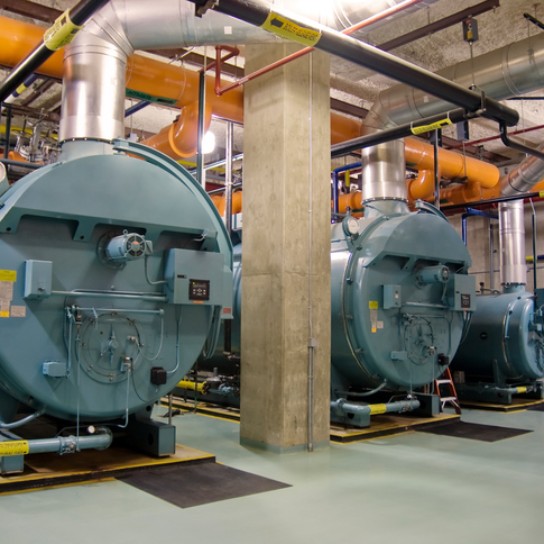1 hydroxyethylidene 1 1 diphosphonic acid hedp
Understanding Hydroxyethylidene Diphosphonic Acid (HEDP) A Comprehensive Overview
Hydroxyethylidene diphosphonic acid (HEDP) is a highly effective phosphonate compound widely recognized for its remarkable chelating properties and its role as an anti-scaling and corrosion inhibitor in various industrial applications. With the molecular formula C2H8O7P2, HEDP is particularly notable for its ability to bind with metal ions, making it an invaluable additive in water treatment processes, as well as in cleaning and maintenance systems across diverse sectors.
Chemical Composition and Characteristics
HEDP is a colorless, odorless liquid that is soluble in water and exhibits stability under a wide range of pH conditions. The compound possesses two phosphonic acid groups, which contribute to its strong affinity for calcium, magnesium, and other divalent metal ions. This characteristic allows HEDP to effectively prevent the formation of scale in pipes and equipment caused by mineral deposits, which can lead to reduced efficiency or even complete system failure if not managed properly.
Applications in Water Treatment
One of the primary applications of HEDP is in the field of water treatment. The compound is predominantly utilized in cooling water systems, where it effectively controls calcium carbonate precipitation, thereby minimizing scaling in cooling towers, heat exchangers, and related equipment. In addition to its scale-inhibiting properties, HEDP also functions as a corrosion inhibitor, protecting metal surfaces from oxidation and degradation, which can significantly extend the lifespan of industrial equipment.
Moreover, HEDP is employed in the treatment of oil and gas, as well as in the paper and pulp industries. Its ability to control scale and corrosion allows for enhanced performance in these sectors, contributing to increased operational efficiency and reduced maintenance costs.
1 hydroxyethylidene 1 1 diphosphonic acid hedp

Importance in Detergents and Cleaners
HEDP is also a valuable ingredient in household and industrial cleaning products. Its chelating properties allow it to sequester metal ions in hard water, which improves the effectiveness of detergents and reduces the likelihood of soap scum formation. The use of HEDP in laundry detergents and dishwashing liquids enhances cleaning performance, providing tangible benefits to consumers in terms of cleanliness and satisfaction.
Environmental Considerations
While HEDP is effective in various applications, its environmental impact must be considered. Phosphonates, including HEDP, pose potential ecological risks, particularly in water bodies where they can affect aquatic life. Consequently, regulatory measures and studies are necessary to evaluate the long-term effects of HEDP usage and to develop safer alternatives when needed.
Conclusion
In summary, hydroxyethylidene diphosphonic acid (HEDP) is a multifaceted compound with significant applications in water treatment, cleaning agents, and various industrial processes. Its unmatched ability to prevent scale formation and corrosion makes it an essential component in maintaining the efficiency and longevity of equipment across diverse sectors. As industries continue to seek ways to optimize their operations while adhering to environmental regulations, understanding and effectively managing the use of HEDP will be crucial. Ongoing research and development efforts will likely lead to improved formulations that balance efficacy with environmental responsibility, ensuring HEDP remains a relevant and useful solution in the future.
-
lk-319-special-scale-and-corrosion-inhibitor-for-steel-plants-advanced-solutions-for-industrial-water-systemsNewsAug.22,2025
-
flocculant-water-treatment-essential-chemical-solutions-for-purification-processesNewsAug.22,2025
-
isothiazolinones-versatile-microbial-control-agents-for-industrial-and-consumer-applicationsNewsAug.22,2025
-
scale-inhibitor-key-solutions-for-water-system-scale-preventionNewsAug.22,2025
-
organophosphonates-versatile-scale-inhibitors-for-industrial-water-systemsNewsAug.22,2025
-
scale-and-corrosion-inhibitor-essential-chemical-solutions-for-water-system-maintenanceNewsAug.22,2025





